As electric toothbrushes become an essential part of daily oral care routines, one recurring issue reported by users is that electric toothbrush vibration decreases over time. This can lead to reduced cleaning performance and consumer dissatisfaction—posing risks for both end users and brands. For oral care brands, especially those working with OEM/ODM suppliers, understanding the reasons behind weakened vibration in electric toothbrushes is crucial. This blog will explore common causes, preventive actions, and the importance of choosing an expert in electric toothbrush quality manufacturing.
A noticeable drop in brushing performance often stems from several technical or mechanical issues. Here are the main causes:
Battery degradation: Lithium-ion batteries can lose capacity after repeated charging cycles, resulting in lower power output and weakened motor performance.
Motor wear or imbalance: A worn-out or misaligned motor is a key reason behind weakened vibration in electric toothbrushes.
Mechanical obstruction: Dust, toothpaste residue, or water ingress in the motor or drive shaft can restrict movement.
Electronic control failure: PCB malfunction or signal delay may cause improper voltage delivery to the motor, impacting vibration intensity.
While usage habits contribute to performance decline, many cases trace back to inconsistent manufacturing standards. Poor-quality components or lax testing protocols are often the root cause.
Signs of poor electric toothbrush quality manufacturing include:
Inconsistent motor RPM output
Non-durable motor couplings
Inadequate waterproof sealing
Uncalibrated electronics or firmware
For brand owners, selecting a manufacturer with stringent quality control, in-house testing labs, and motor calibration expertise is essential to avoid these pitfalls.
Addressing weakened vibration in electric toothbrushes requires a combination of product design improvements and supplier diligence. Recommended actions include:
Design optimization: Ensure the product includes a well-calibrated vibration motor and shock-absorbing internal structure.
Regular performance testing: Manufacturers should conduct vibration strength and battery life tests before shipment.
Sealing and protection: Proper sealing prevents internal corrosion and mechanical blockage.
Firmware and motor synchronization: Smart toothbrushes benefit from regular software updates and better voltage control.
For brands, partnering with a manufacturer that offers proactive after-sales diagnostics and batch testing can dramatically reduce consumer complaints.
Sustainable product quality begins with precision engineering. Reputable factories specialize in:
High-speed vibration motor sourcing (≥30,000 RPM)
ISO-certified production lines
Battery aging simulation tests
Full device lifecycle testing (10,000+ cycles)
These standards ensure electric toothbrush quality manufacturing and minimize the risk of electric toothbrush vibration decreased complaints post-sale.
If you’re a brand owner looking to launch or scale an oral care line, one of your most strategic decisions is choosing a manufacturing partner who understands the science behind toothbrush vibration, durability, and consumer satisfaction.
Selection criteria should include:
Experience in vibration motor assembly
Customization support (brush heads, motor intensity, battery spec)
In-house R&D for product innovation
Transparent quality control and testing reports
By prioritizing these capabilities, brands not only reduce the chance of performance issues but also enhance their market reputation.
A decrease in toothbrush vibration may seem like a small issue, but it has big implications for product quality and user trust. Understanding the technical causes and implementing solutions at the manufacturing level is essential. Brands should work only with suppliers that deliver true electric toothbrush quality manufacturing, ensuring both functional reliability and long-term customer satisfaction. Looking for a trusted OEM/ODM partner to eliminate issues like weakened vibration in electric toothbrushes? Contact us today to explore customized solutions built for quality and performance.
Hose Leakage Leading Mucosal Lesions – Double Damage?
.jpg)
Can a sonic toothbrush manufacturer also provide UV toothbrush sanitizer?
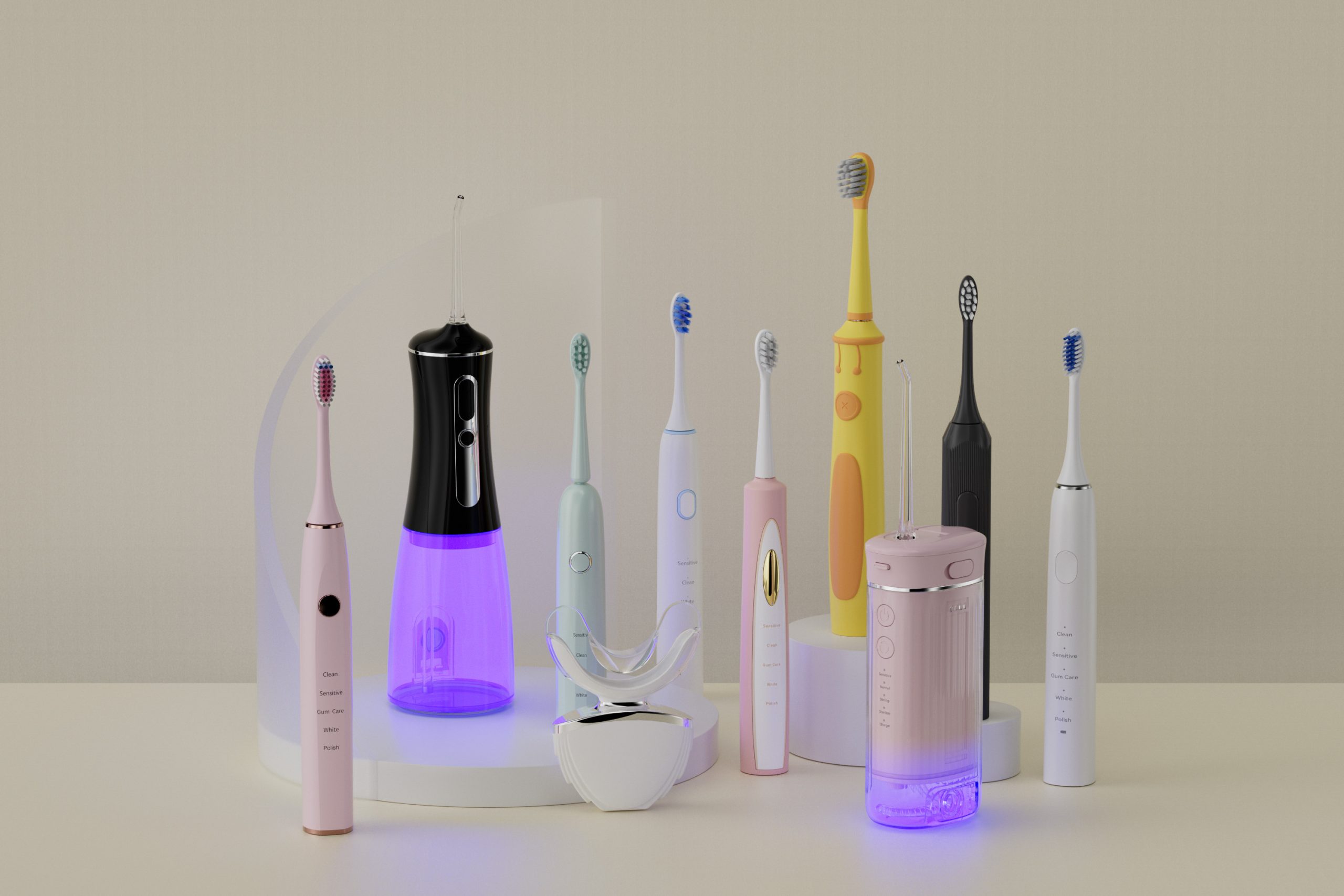
Premium Oral Care Product Selection Strategies in the Consumer Upgrade Era
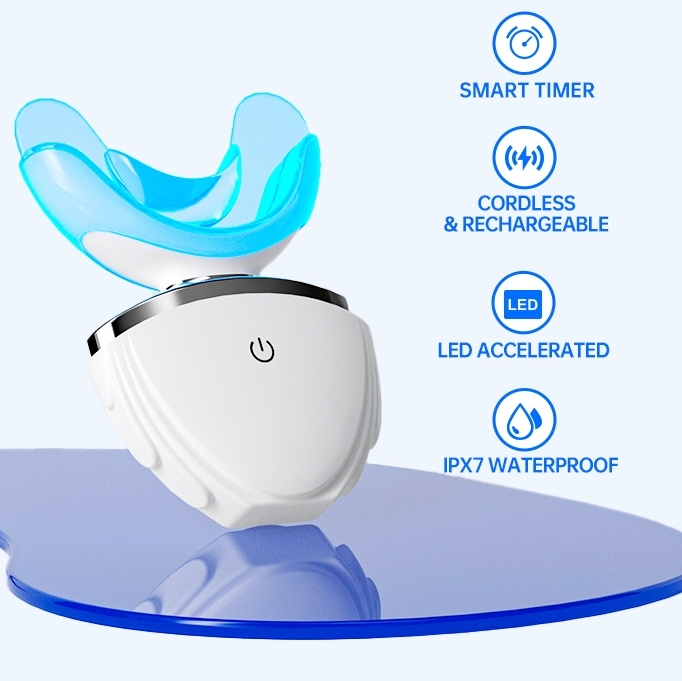
3 Potentially Dangerous Design Flaws in Home Whitening Kits: How to Identify Unsafe Whitening Devices Before Purchase
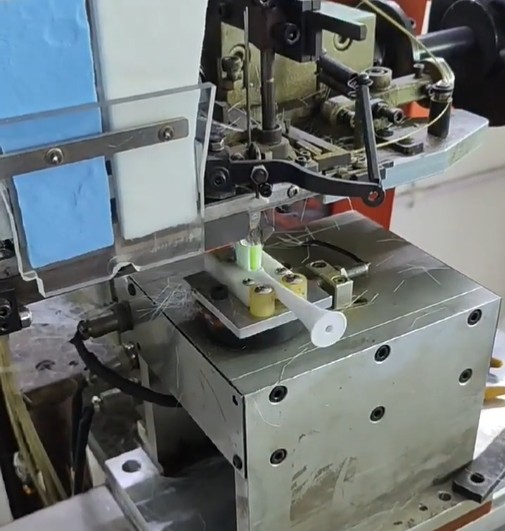
Environmentally Friendly Oral Care Products: Consumer Demand and Market Growth Potential
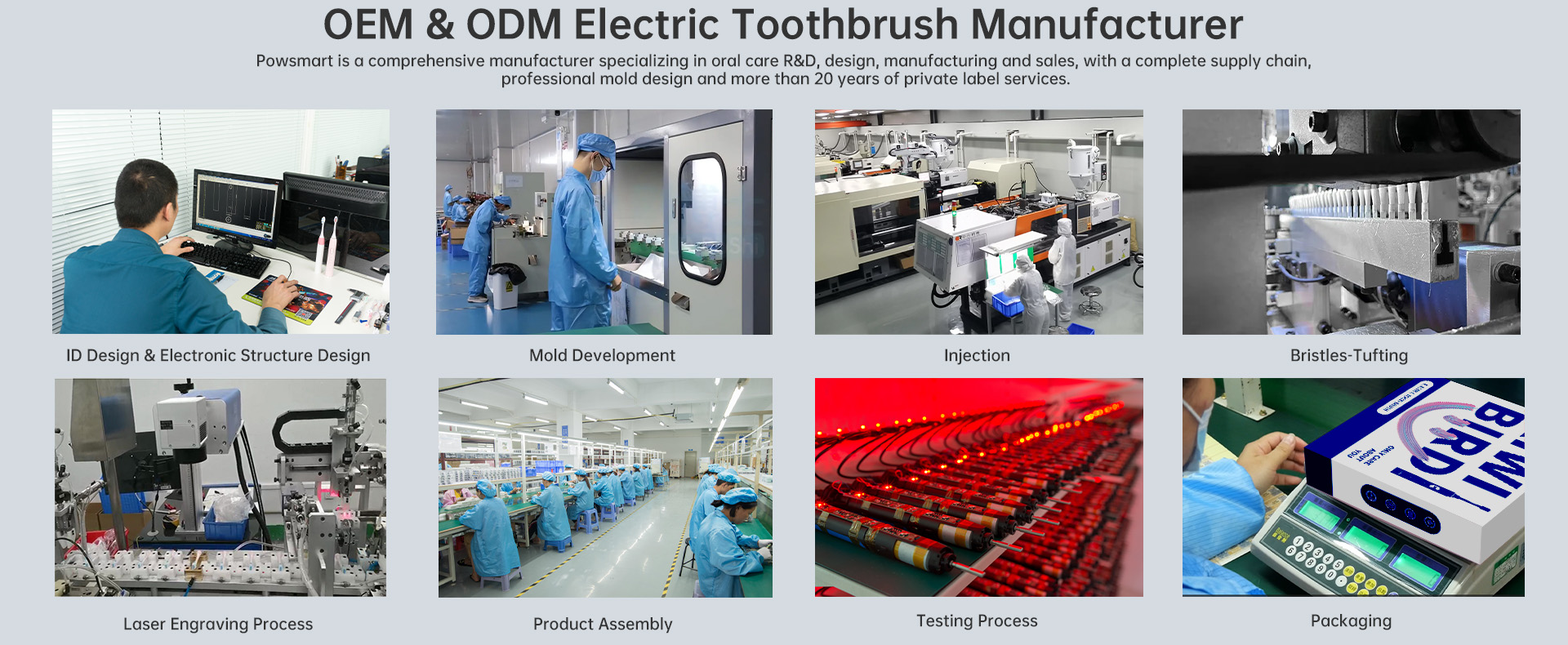
Electric Toothbrush Factory Customization Service Case Sharing: Successful Brand Customization Experience

Analysis of Negative Reviews from Water Flosser Users: Factory-Side Solutions for Water Leakage, Loud Noise, and Unstable Pressure
Looking for a smart toothbrush Austin that understands Austin tech brush innovation?
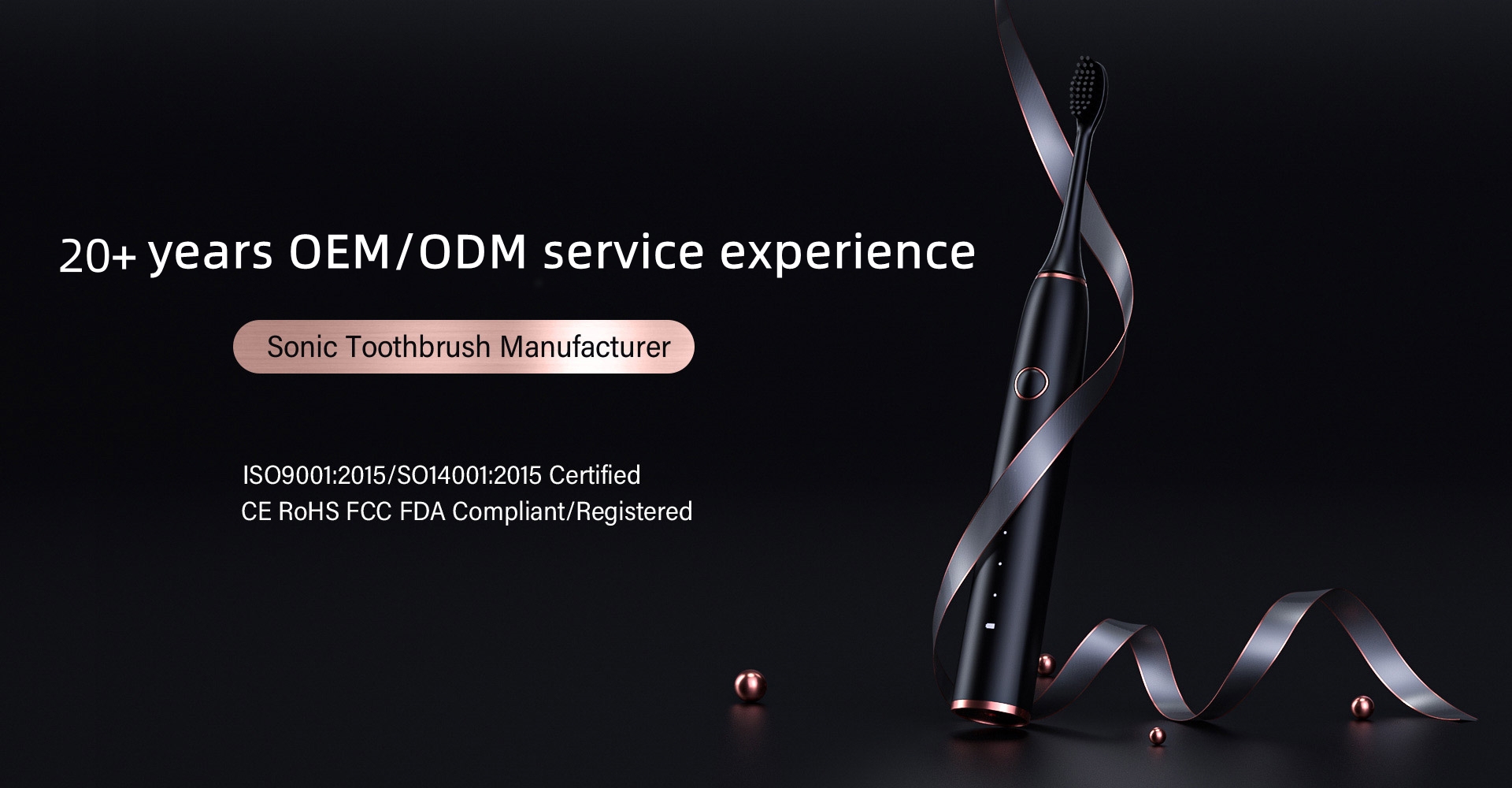
How to Choose Professional Electric Toothbrush Factory Customization Service?
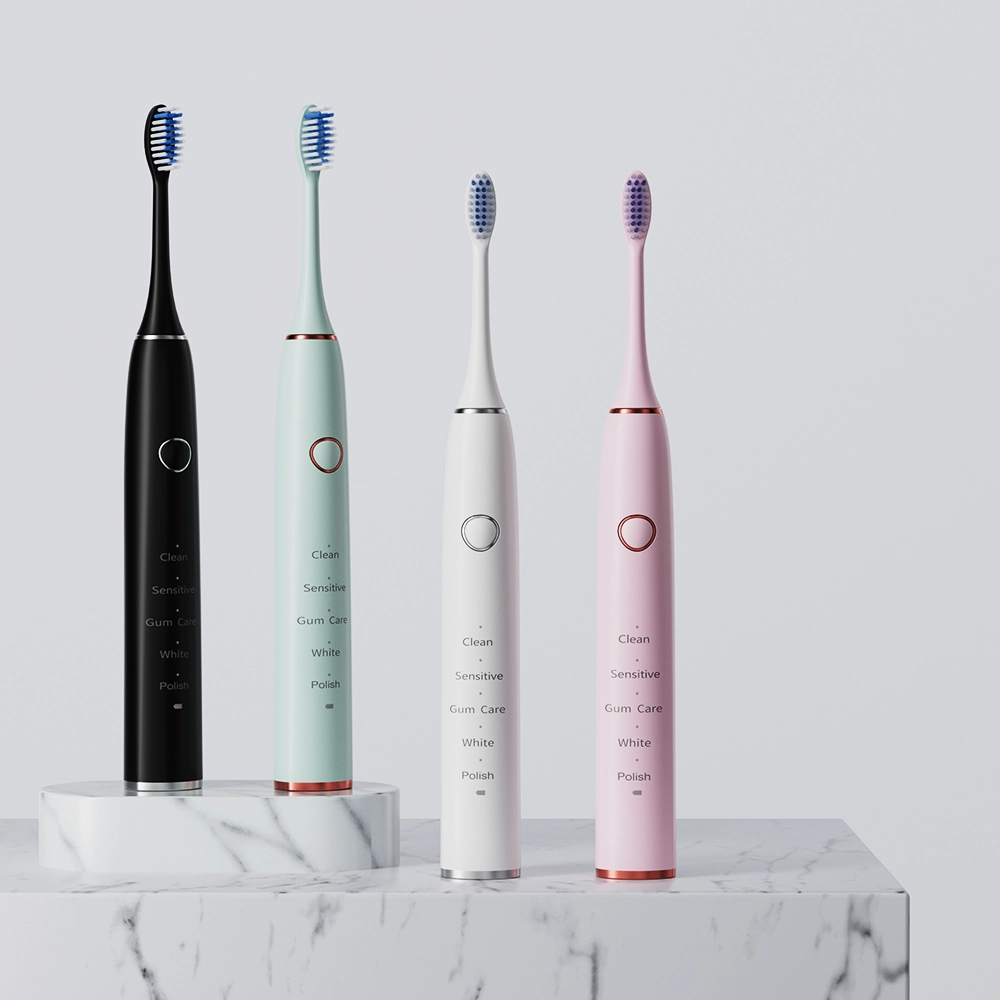
Factors Affecting the Durability of Electric Toothbrushes
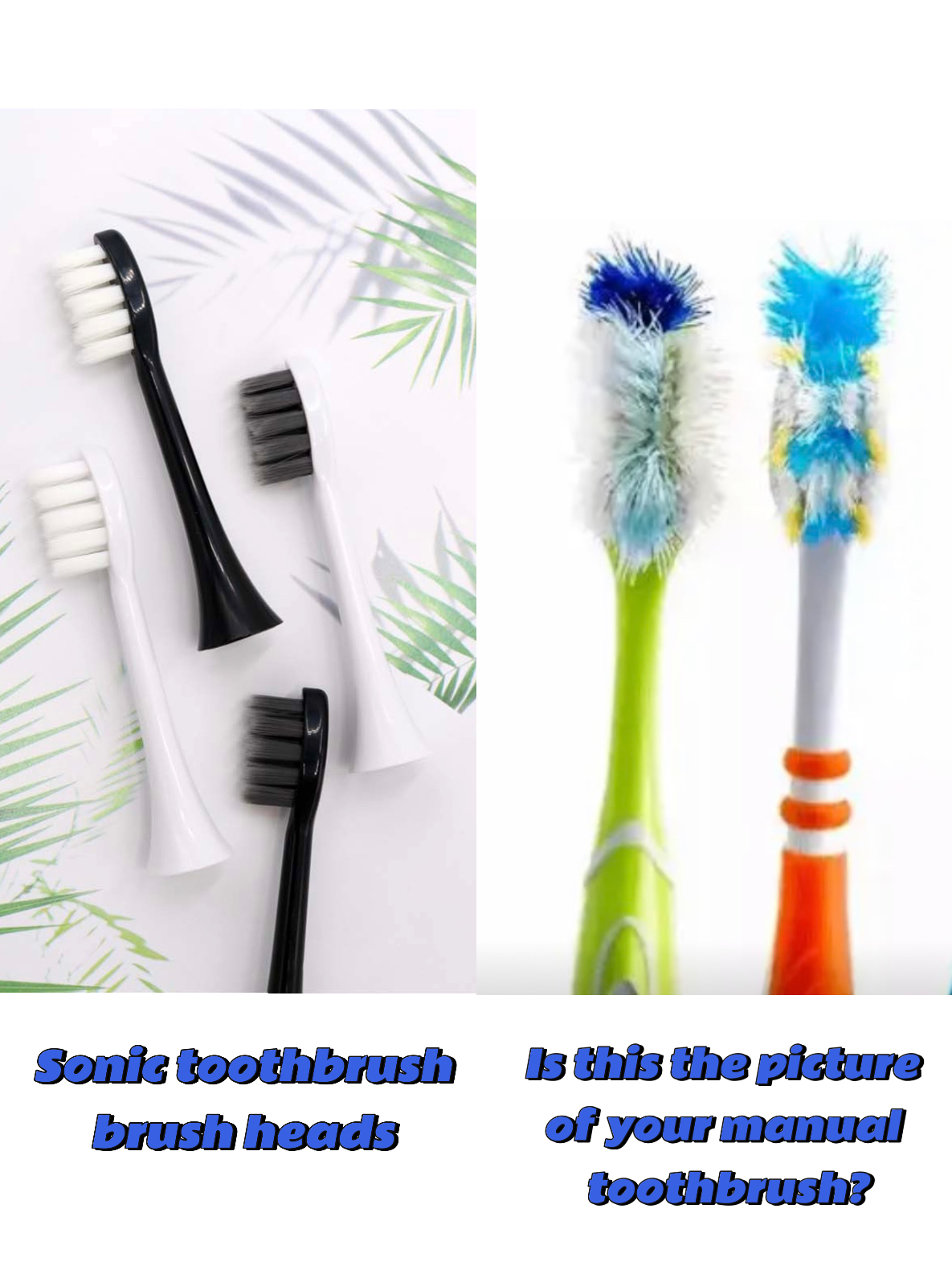
How Shape of Brush Head & Bristle Design Affects Cleaning Performance
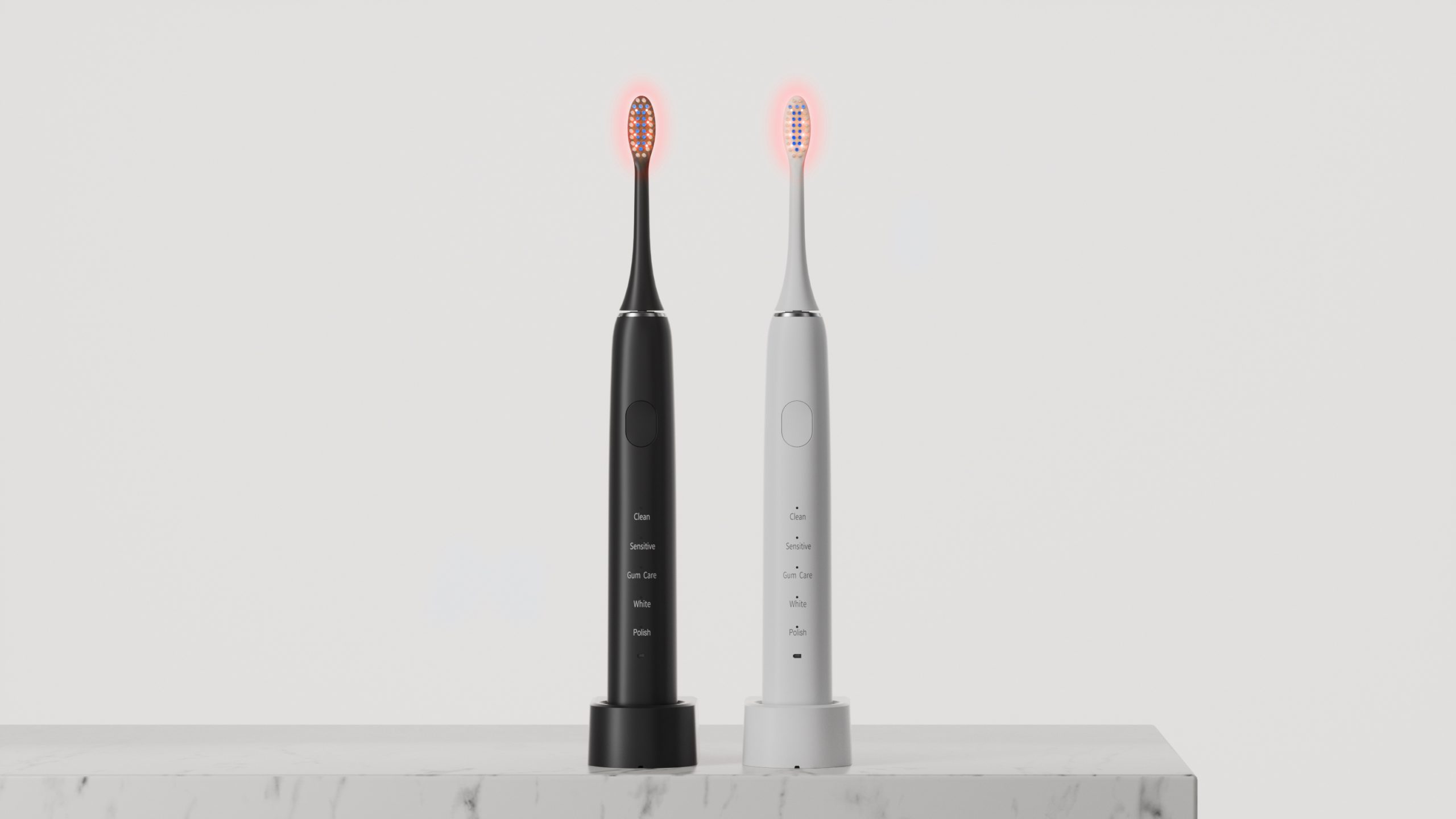
Smart Electric Toothbrush OEM: Advanced Features for Modern Brands
Is Your Whitener Automated Assembly Truly Integrated with Industry 4.0 Standards?
Does Waterproof Seal Degradation Accelerate Bristle Splaying?
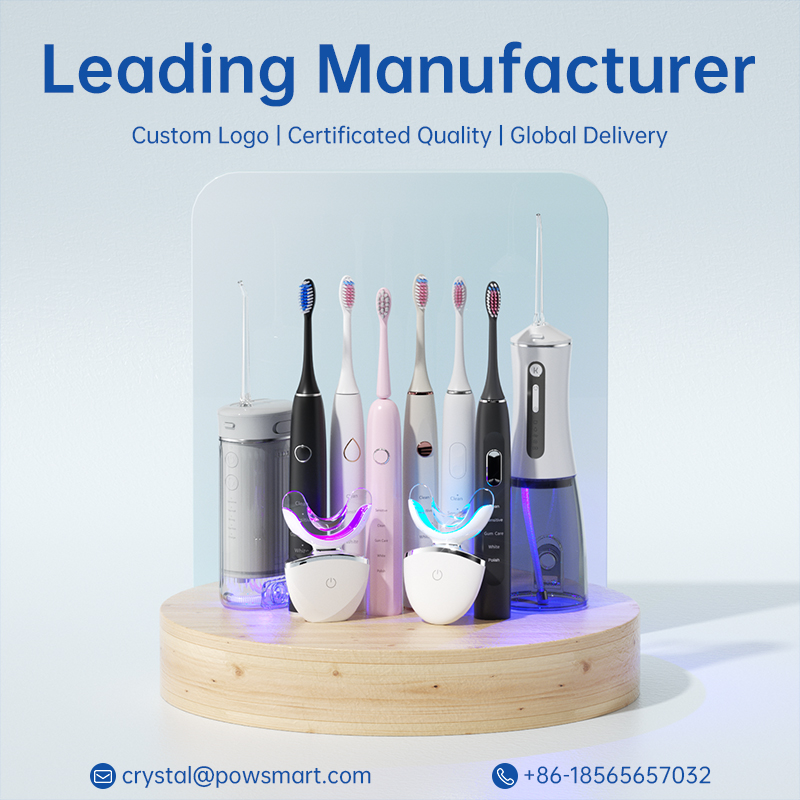
AI Powered Toothbrush: Next-Generation OEM Technology

One-Stop OEM Factory for Electric Toothbrushes, Water Flossers & Whitening Kits

electric toothbrush heads Deep Clean

Customization Teeth Whitening Gel
.jpg)
Florida Electric Toothbrush – Powsmart PTR-C8

electric toothbrush heads Charcoal Infuse-Round

electric toothbrush heads Ultra Soft

Private Label Whitening Gel

electric toothbrush heads Regular Clean

Electric toothbrush heads Charcoal Infused-Diamond
whstapp
whstapp
National Toll-Free Service Hotline
+86 755 86238638